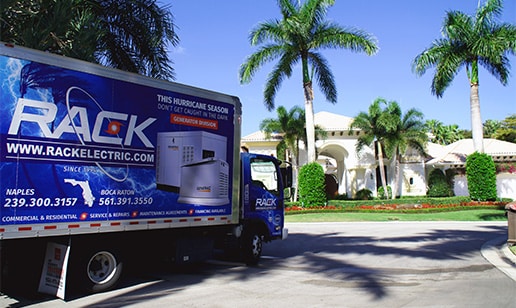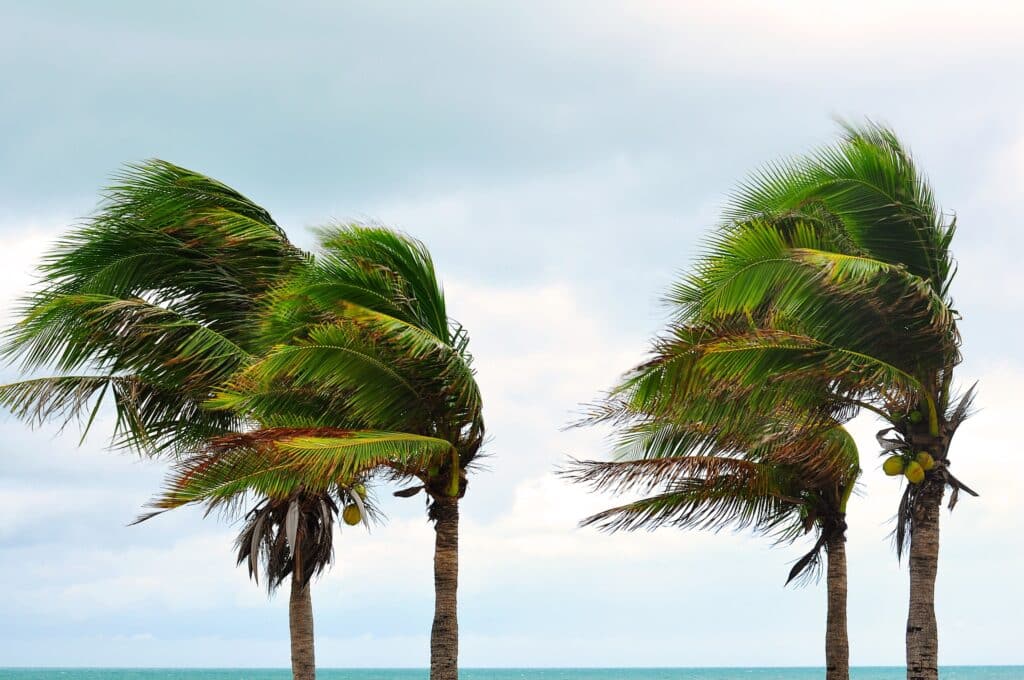The Stages of a Hurricane

The Stages of a Hurricane

It’s hard to believe that anything could be wrong with South Florida. It’s one of the best regions any resident or tourist could reside in. From the near-endless miles of beaches to sunny weather, what could possibly be wrong with this part of the Sunshine Stat
? Well, if you’ve lived here long enough, you know just how bad hurricanes can be. They pose a serious threat to property owners who are doing everything they can to protect their homes or commercial buildings. And for certain property owners who have dealt with hurricanes long enough, they may not be too troubled by them.
But if you’re not really sure how to deal with hurricanes in South Florida, the first thing you can do is learn about the stages of a hurricane. By learning about the stages, you’ll be able to better prepare yourself for when a hurricane is fast approaching.
(561) 666-8960The Stages of a Hurricane
There are six stages of a hurricane.
They include:
- Disturbance Formation
- Tropical Disturbance
- Tropical Depression
- Tropical Storm
- Hurricane
- Dissipation
1) Disturbance Formation
The first stage of a hurricane begins with disturbance formation.
Hurricanes are formed with the fusion of numerous factors. A hurricane will begin to form due to the evaporation that occurs over tropical ocean waters. And once it begins to evaporate, a cloud of warm air begins to form, heating the air around them and creating even more densely packed clouds as air rushes in. As the air continues to heat up, a large mass of warm rain clouds form over the ocean.
2) Tropical Disturbance
In the second stage, the tropical disturbance is formed with loosely packed rain clouds forming thunderstorms. The wind circulation is light, with meager chances to cause any amount of damage. If this storm system is able to maintain it structure for more than 24 hours, it is officially considered a tropical disturbance.
3) Tropical Depression
A tropical disturbance will turn into a tropical depression when it sustains wind speeds of anywhere between 23 mph to 38 mph. As winds become more organized, they begin to circulate in the center of the storm. A tropical depression will begin to form into a more significant storm. However, at this stage, it doesn’t have the power to take the next step and it still lacks the true form.
4) Tropical Storm
Before the hurricane itself is formed, a tropical storm forms first as the tropical depression becomes increasingly stronger. The wind speeds at this stage rise from 39 mph to around 73 mph. Tropical storms look like smaller forms of hurricanes and aren’t as threatening. But a tropical cyclone is nothing to brush off, though. Tropical storms can still bring heavy rains that are capable of causing severe flooding wherever they make landfall.
5) Hurricane
If the tropical storm is forming at wind speeds that reach at least 74 mph, it is officially a hurricane. And it takes the true final form of a hurricane as its eye forms completely.
Hurricanes are categorized by their wind speeds.
They include:
- Category 1 Hurricane — 74 miles per hour to 95 miles per hour
- Category 2 Hurricane — 96 miles per hour to 110 miles per hour
- Category 3 Hurricane — 111 miles per hour to 129 miles per hour
- Category 4 Hurricane — 130 miles per hour to 156 miles per hour
- Category 5 Hurricane — Over 157 miles per hour
6) Dissipation
As hurricanes continue to glide over warm tropical waters, they’ll continue to gather strength and speed. Once they make landfall, they stop gaining power because they no longer have warm water to rely on to power themselves. So during landfall, they become less and less organized as wind speeds fall drastically. Eventually, the hurricane will start to break into thunderstorms, before falling apart completely. While the hurricane floats over land, its high-speed winds and heavy rains cause tremendous damage, possibly leveling entire towns in the process.
Prepare Yourself With a Standby Generator Before The Next Hurricane Makes Landfall!
While protecting your property from damage is important, you should also consider ways to keep the power on when an outage occurs. If you happen to live in the South Florida region, don’t hesitate at all in contacting Rack Electric for their standby generator installation services. Rack Electric has been providing its quality services for many years and is even regarded as one of the most experienced electrical contracting service providers around. For any inquiries regarding our services, give us a call!
(561) 666-8960